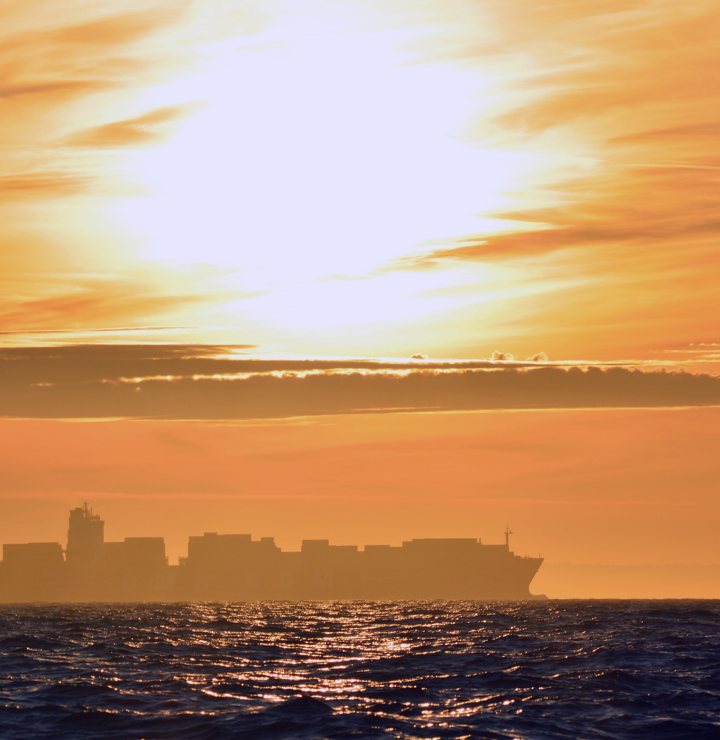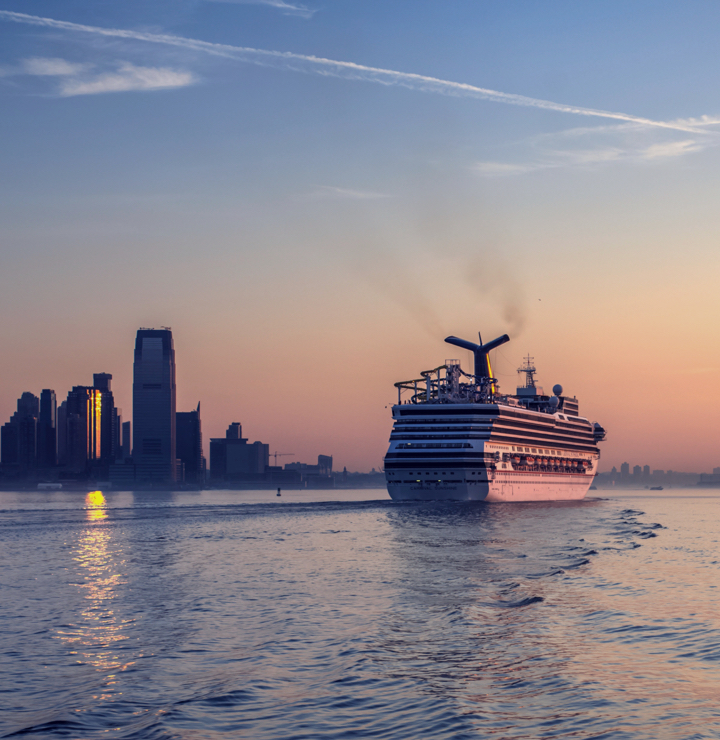Maritime transport

Sea transport perspectives
A vital and innovative shipping sector is needed to achieve the UN’s 2030 Sustainable Development Goals.
More than 80% of today’s freight transport takes place on ships, and without shipping, the world would come to an abrupt halt. Shipping is like a nervous system that connects the most remote coastal communities to the world.
Whether you believe in a future of continuous growth, a massive scale-up of nearby manufacturing, local 3D printing of goods, or degrowth, things and raw materials still need to be shipped. Currently, shipping is estimated to account for 3% of global CO2 emissions, and we do not see any other initiatives that will potentially affect total shipping emissions.
Sustainable shipping initiatives.
There is no shortage of green initiatives and coalitions; the same applies to “Sustainability” awards at shipping conferences. Some have been awarded for their big uptake of the scrubber technology, the development of a new Lupe oil, conversion to LNG, for setting some ambitious goals or for just making statements.
On the positive side, we are seeing an uptake of various wind support technologies which can be retrofitted to the current fleet and are already starting to deliver CO2 savings.
The legislation pushes the industry in a more sustainable direction. The EU has introduced a carbon tax, and the IMO is expected to follow suit. It is positive that the measurement methods have been agreed upon, and if the tax itself is one day set up, it could push the industry onto a more sustainable path.
In recent years, there has been an intense focus on the green fuels of the future, which can potentially drive shipping towards net zero, and this with only minor changes to the diesel engine. Asian shipowners prefer green ammonia, while European shipowners see methanol as the predominant fuel. However, the vision of a future green combustible fuel depends on a massive scale-up of Power To X, where surplus energy is converted into hydrogen. To give an example of the scale-up required, it would take all the solar and wind energy produced in Denmark (2022) to produce the fuels for just 11 large ships. The global commercial fleet has passed 100,000 ships.
In addition to the risk of fuel scarcity, it is also difficult to predict the price of these future fuels, as the costs of extracting the necessary raw materials will multiply, and there are many uncertainties and factors that will affect the price of green electricity.
We can further expect shipping to be challenged by other industries, such as aviation, agriculture and road transport, looking for the same fuels. Historically, they are willing to accept a higher fuel price.

Current environmental and socio-economic challenges
Ships grow in size in search of efficiency and profit. This allows them to transport more cargo per tonne of CO2 emitted, which sounds great. This is a popular argument often used to show sustainability by ship owners.
However, if we take a holistic approach and consider all the aspects, increasing ship size makes less sense and is unsustainable.
Over the past 20 years, we have witnessed how design compromises hydro and aerodynamics in favour of profit. Today we have the most bloated and poorly designed ships, optimised purely to transport as much cargo as possible. In 2006, Emma Mærsk (length 397 meters) was launched with a capacity of 15,000 teu. Today, we can theoretically fit 24,000 teu on a 400-metre vessel. Plotted into a spreadsheet, shipowners can now argue for a low fuel consumption per container. They do not recognise that you never load more than 20,000 containers on a ship in the real world. Keeping the length and increasing the width and air draft is a trend on most ship types, and it is certainly not a sustainable path.
Larger ships pressure the ports to adapt to the new standards. They are forced to expand their quays, increase the space for cargo, carry out constant dredging, invest in giant cranes, strengthen quay floors, deploy more powerful tugs and develop the infrastructure to handle the extra cargo. The ports are also required to offer cold ironing, LNG and various distillates and to handle more waste. To spice it all up, the increasing activities cause acid rain (PH value close to vinegar), which requires increased maintenance of all concrete and steel structures.
Less than 50 ports worldwide can accommodate/service mega container ships, which leads to increased pre- and on-carriage, often by truck. The depth required to handle the larger ships excludes many smaller ports/communities from global trade, leading to increased urbanisation.
